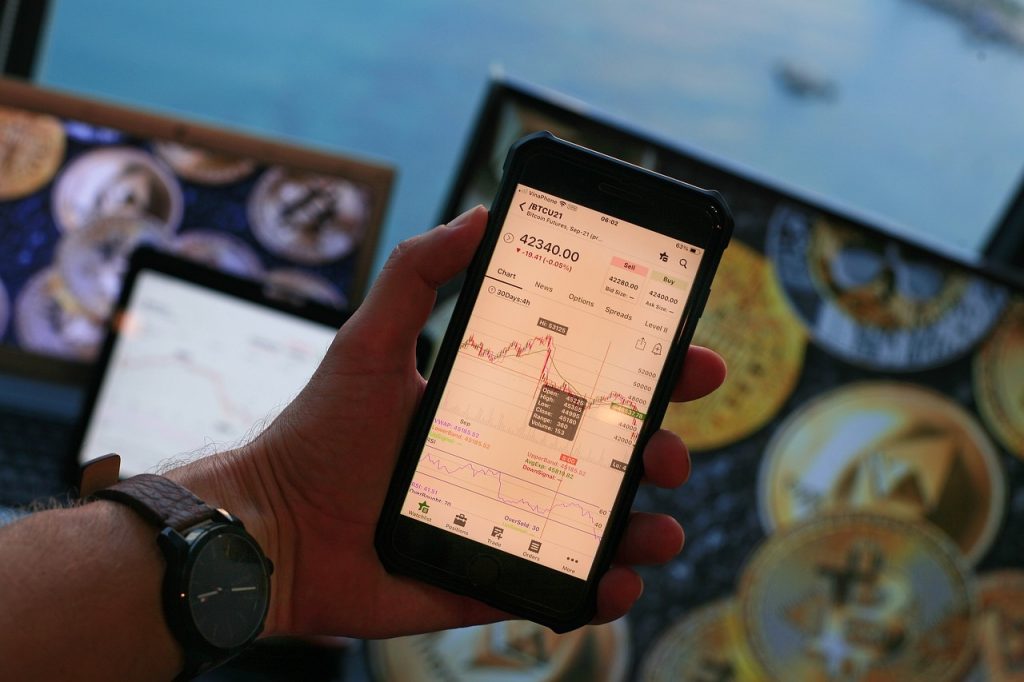Without long-term savings, it will be difficult for mothers to achieve goals such as a new house, studying for their child abroad or finally a relatively prosperous life in retirement. This is not possible without investment, because bank deposits will not really increase our wealth.
Understanding investing
Inflation accelerated to 13.9% year-on-year in May. Thus, it is the highest in almost a quarter of a century and, according to many economists, this is not the end. It can remain at a high level for a long time. It is therefore obvious that in such conditions keeping savings in a home drawer or in a regular bank account does not make sense. Due to inflation, they are shrinking unpleasantly fast.
It is also not the best idea to save on a bank deposit. The best ones – burdened with additional, often troublesome conditions, such as the need to open an additional personal account – at the beginning of June had an interest rate of around 6 per cent. In practice, this means that they absolutely do not protect our savings against loss of value. We also lose on them, although a little less than when we accumulate surplus cash in a drawer at home.
So when thinking about large expenses in the future – especially the need to set aside adequate capital for our retirement – we need to start investing, for example, in stocks, bonds or certificates, the price of which is linked to gold, oil or industrial raw materials, for example. This will allow us to protect our savings from a decrease in value – we can earn more on investments than on deposits.
First, systematic saving
Surveys show that we are not good investors. 52 per cent. of Poles surveyed by BGŻ Optima say that they do not invest because they do not have enough knowledge or skills to do so. 39 per cent justify their reluctance to invest by the lack of sufficient funds. More than one in five of us, on the other hand, does not invest because there is no one to advise them here.
And when we get to the bank, it is rather not to its brokerage house specializing in more advanced solutions, but to the department where deposits are opened. As many as 80 per cent of bank customers are not interested in investment products with an increased degree of risk, according to a survey prepared for the insurance company Aegon.
We often have completely unrealistic expectations.
The above-mentioned over six percent profit per year gives excellent results in the case of a long-term, regularly repeated investment. This is perfectly shown in the table below. If, for example, we put aside USD 10,000 and put it into a deposit with an interest rate of 1 per cent and then continue to set up 1 per cent deposits at USD 10,000 every year, then after 45 years, when we retire, we will have USD 580,459 at our disposal.
If, on the other hand, we invested USD 10,000 in stocks, which we assume would bring us a 6% profit per year, and then regularly added USD 10,000 to the investment every year, then we would already enjoy USD 2,265,081 in retirement. This is a colossal difference. And if we were to increase the investment by an additional thousand dollars every year, we would already have almost 5.3 million dollars at our disposal when we retired.
Long-term investing has two additional advantages in the case of the capital market. Firstly, it reduces transaction costs. We buy or sell securities less often than an investor looking for short-term profits.
The director of the BNP Paribas Brokerage House points out that holding shares for a long time also means that we can earn additional money on dividends paid to shareholders. In the long run, this means additional noticeable profits. Another important aspect of long-term investing is reducing investment risk. This is because, in the short term, there is a much higher chance of being exposed to random factors that cannot be predicted. A long-term approach to investing reduces the risk of “USD luck” because it gives you more options to choose when to enter and exit the product. The last, but very important element is transaction costs. By investing in the long term – we incur much lower purchase/sale costs, which is definitely the final result in percentage terms.
